Junhong Zhao
Exploring Accurate 3D Phenotyping in Greenhouse through Neural Radiance Fields
Mar 28, 2024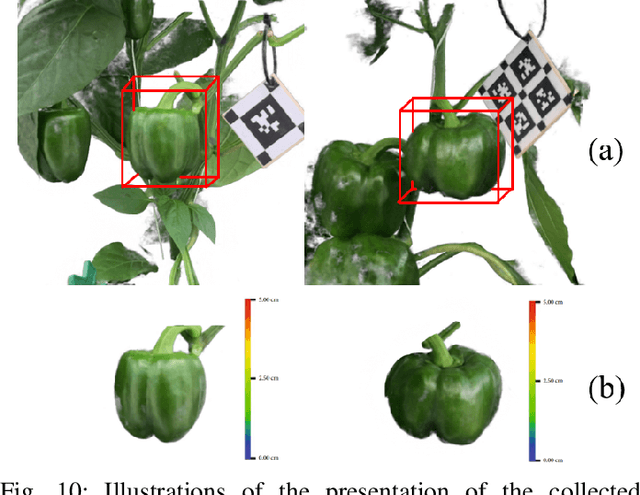
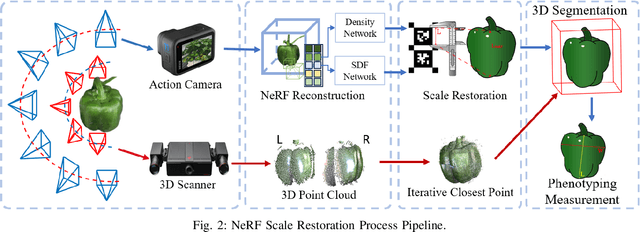


Abstract:Accurate collection of plant phenotyping is critical to optimising sustainable farming practices in precision agriculture. Traditional phenotyping in controlled laboratory environments, while valuable, falls short in understanding plant growth under real-world conditions. Emerging sensor and digital technologies offer a promising approach for direct phenotyping of plants in farm environments. This study investigates a learning-based phenotyping method using the Neural Radiance Field to achieve accurate in-situ phenotyping of pepper plants in greenhouse environments. To quantitatively evaluate the performance of this method, traditional point cloud registration on 3D scanning data is implemented for comparison. Experimental result shows that NeRF(Neural Radiance Fields) achieves competitive accuracy compared to the 3D scanning methods. The mean distance error between the scanner-based method and the NeRF-based method is 0.865mm. This study shows that the learning-based NeRF method achieves similar accuracy to 3D scanning-based methods but with improved scalability and robustness.
Improving Buoy Detection with Deep Transfer Learning for Mussel Farm Automation
Aug 18, 2023
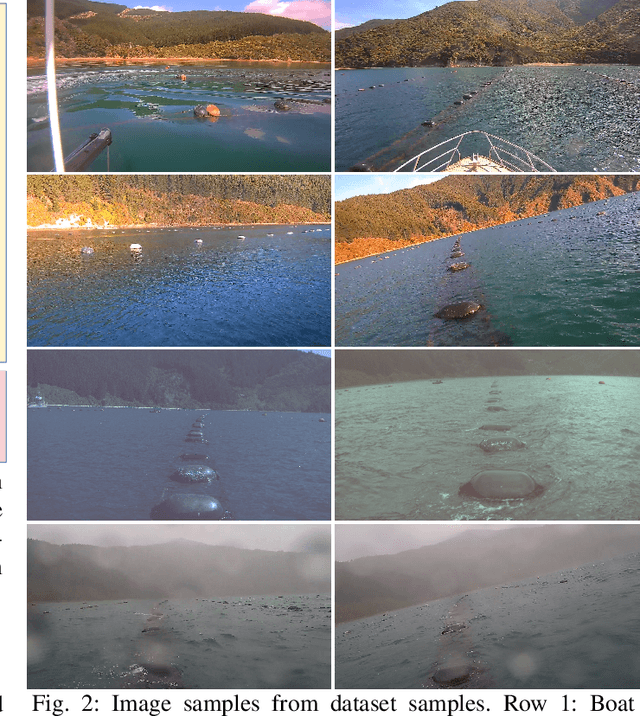
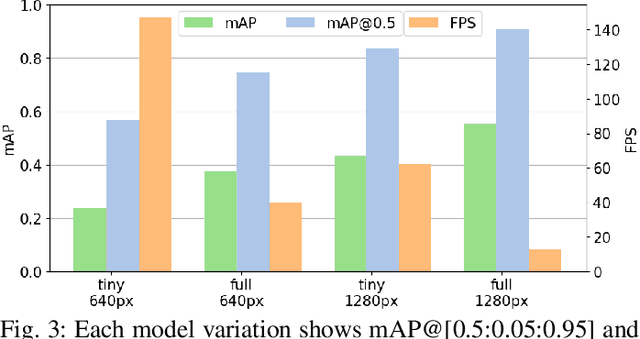

Abstract:The aquaculture sector in New Zealand is experiencing rapid expansion, with a particular emphasis on mussel exports. As the demands of mussel farming operations continue to evolve, the integration of artificial intelligence and computer vision techniques, such as intelligent object detection, is emerging as an effective approach to enhance operational efficiency. This study delves into advancing buoy detection by leveraging deep learning methodologies for intelligent mussel farm monitoring and management. The primary objective centers on improving accuracy and robustness in detecting buoys across a spectrum of real-world scenarios. A diverse dataset sourced from mussel farms is captured and labeled for training, encompassing imagery taken from cameras mounted on both floating platforms and traversing vessels, capturing various lighting and weather conditions. To establish an effective deep learning model for buoy detection with a limited number of labeled data, we employ transfer learning techniques. This involves adapting a pre-trained object detection model to create a specialized deep learning buoy detection model. We explore different pre-trained models, including YOLO and its variants, alongside data diversity to investigate their effects on model performance. Our investigation demonstrates a significant enhancement in buoy detection performance through deep learning, accompanied by improved generalization across diverse weather conditions, highlighting the practical effectiveness of our approach.
Expressive Speech-driven Facial Animation with controllable emotions
Jan 05, 2023



Abstract:It is in high demand to generate facial animation with high realism, but it remains a challenging task. Existing approaches of speech-driven facial animation can produce satisfactory mouth movement and lip synchronization, but show weakness in dramatic emotional expressions and flexibility in emotion control. This paper presents a novel deep learning-based approach for expressive facial animation generation from speech that can exhibit wide-spectrum facial expressions with controllable emotion type and intensity. We propose an emotion controller module to learn the relationship between the emotion variations (e.g., types and intensity) and the corresponding facial expression parameters. It enables emotion-controllable facial animation, where the target expression can be continuously adjusted as desired. The qualitative and quantitative evaluations show that the animation generated by our method is rich in facial emotional expressiveness while retaining accurate lip movement, outperforming other state-of-the-art methods.
Deep Portrait Delighting
Apr 01, 2022



Abstract:We present a deep neural network for removing undesirable shading features from an unconstrained portrait image, recovering the underlying texture. Our training scheme incorporates three regularization strategies: masked loss, to emphasize high-frequency shading features; soft-shadow loss, which improves sensitivity to subtle changes in lighting; and shading-offset estimation, to supervise separation of shading and texture. Our method demonstrates improved delighting quality and generalization when compared with the state-of-the-art. We further demonstrate how our delighting method can enhance the performance of light-sensitive computer vision tasks such as face relighting and semantic parsing, allowing them to handle extreme lighting conditions.
BERT-LID: Leveraging BERT to Improve Spoken Language Identification
Mar 01, 2022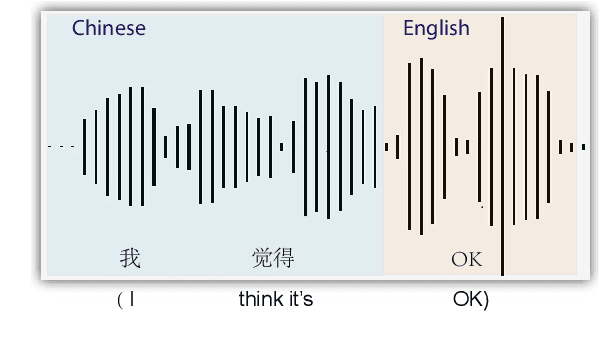



Abstract:Language identification is a task of automatically determining the identity of a language conveyed by a spoken segment. It has a profound impact on the multilingual interoperability of an intelligent speech system. Despite language identification attaining high accuracy on medium or long utterances (>3s), the performance on short utterances (<=1s) is still far from satisfactory. We propose an effective BERT-based language identification system (BERT-LID) to improve language identification performance, especially on short-duration speech segments. To adapt BERT into the LID pipeline, we drop in a conjunction network prior to BERT to accommodate the frame-level Phonetic Posteriorgrams(PPG) derived from the frontend phone recognizer and then fine-tune the conjunction network and BERT pre-trained model together. We evaluate several variations within this piped framework, including combining BERT with CNN, LSTM, DPCNN, and RCNN. The experimental results demonstrate that the best-performing model is RCNN-BERT. Compared with the prior works, our RCNN-BERT model can improve the accuracy by about 5% on long-segment identification and 18% on short-segment identification. The outperformance of our model, especially on the short-segment task, demonstrates the applicability of our proposed BERT-based approach on language identification.
 Add to Chrome
Add to Chrome Add to Firefox
Add to Firefox Add to Edge
Add to Edge